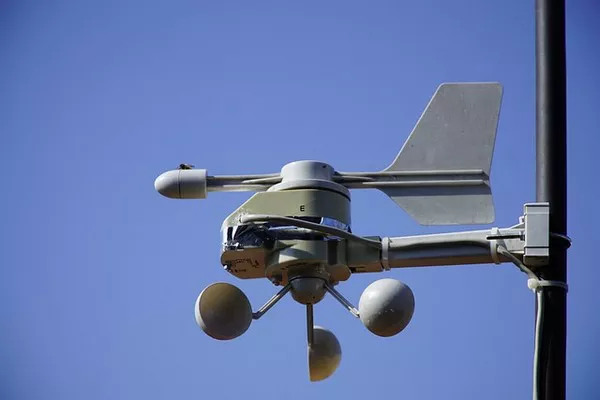In the realm of meteorological and environmental monitoring, sonic anemometers stand out as indispensable tools for measuring wind speed and direction with unparalleled precision. These devices utilize cutting-edge sonic technology to provide accurate and reliable data in a variety of applications, from weather forecasting to industrial processes. In this article, we will delve into the intricate workings of a sonic anemometer, exploring the principles that govern its operation and the significance of its role in scientific research and practical applications.
Principle of Operation:
At its core, a sonic anemometer operates on the principle of measuring the speed of sound in the air. The device employs pairs of ultrasonic transducers, commonly referred to as sonic or acoustic transducers, strategically positioned on a structure. Typically arranged in a horizontal configuration, these transducers emit ultrasonic pulses back and forth between one another.
The basic setup involves one transducer emitting a pulse of sound waves, while the adjacent transducer acts as the receiver. By precisely measuring the time it takes for the sound pulse to travel from one transducer to the other, the sonic anemometer can calculate the speed of sound in the air. This speed is then used to determine the wind speed by analyzing the Doppler shift in the frequency of the sound waves caused by the movement of air particles.
Key Components:
Ultrasonic Transducers: These transducers are the heart of the sonic anemometer, responsible for emitting and receiving ultrasonic pulses. They are carefully calibrated to ensure accuracy in measuring the time it takes for sound waves to travel between them.
Signal Processing Unit: The signals received by the transducers are subjected to sophisticated signal processing algorithms. This unit plays a crucial role in extracting relevant information about the time of flight and frequency shifts, which are then used to compute wind speed and direction.
Temperature Sensors: Sonic anemometers are often equipped with temperature sensors to account for variations in air temperature, as the speed of sound is influenced by temperature. The inclusion of temperature data enhances the precision of wind speed calculations.
Advantages of Sonic Anemometry:
Non-Intrusive Measurement: Unlike traditional cup and vane anemometers, which physically interact with the airflow, sonic anemometers provide non-intrusive measurements. This non-contact approach minimizes disturbances to the airflow, resulting in more accurate readings.
High-Frequency Sampling: Sonic anemometers are capable of high-frequency sampling, capturing rapid changes in wind speed and direction. This capability makes them invaluable for studying turbulent atmospheric conditions and complex flow patterns.
Minimal Maintenance: With no moving parts, sonic anemometers require minimal maintenance compared to mechanical anemometers. This makes them particularly suitable for long-term deployments in remote or challenging environments.
Applications:
Meteorological Research: Sonic anemometers are extensively used in meteorological research to study atmospheric dynamics, boundary layer processes, and microscale meteorology. Their high precision and ability to capture rapid changes in wind patterns make them essential tools for understanding complex weather phenomena.
Wind Energy: In the field of wind energy, sonic anemometers play a pivotal role in assessing wind conditions at potential turbine sites. By providing accurate wind speed and direction data, these devices contribute to optimizing the performance and efficiency of wind turbines.
Air Quality Monitoring: Sonic anemometers find applications in air quality monitoring by studying the dispersion of pollutants. Understanding the movement of air masses is crucial for assessing the impact of industrial activities on local air quality.
See also What is an Anemometer for Kids?
Conclusion:
In conclusion, the sonic anemometer stands as a testament to the advancements in technology that have revolutionized the field of atmospheric science. By harnessing the principles of sound wave propagation, these instruments offer unparalleled accuracy and versatility in measuring wind speed and direction. From meteorological research to wind energy assessments and air quality monitoring, sonic anemometers continue to be at the forefront of scientific endeavors, providing crucial data for a better understanding of our dynamic atmosphere.

